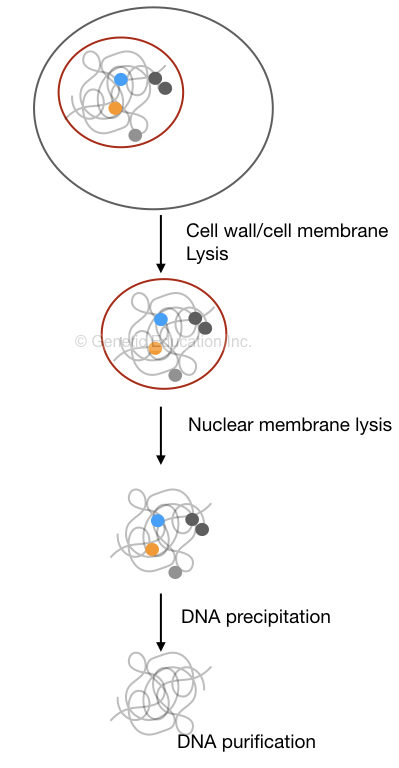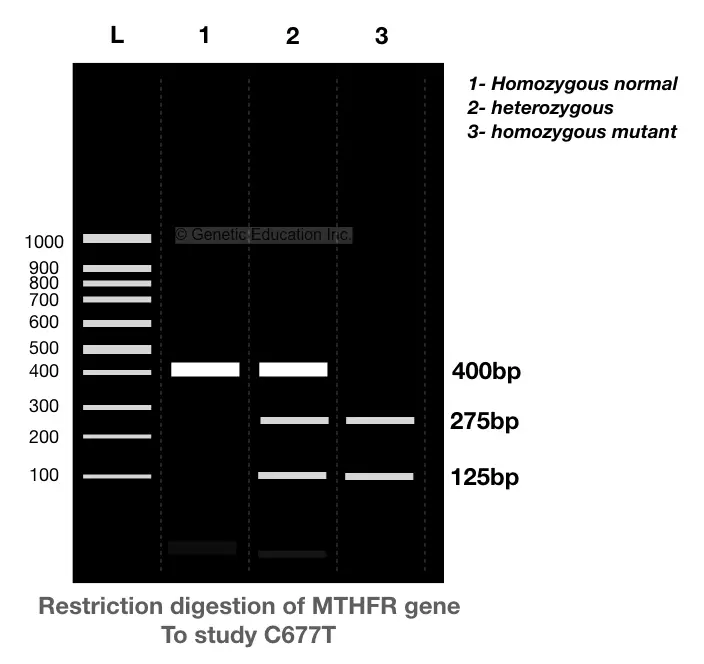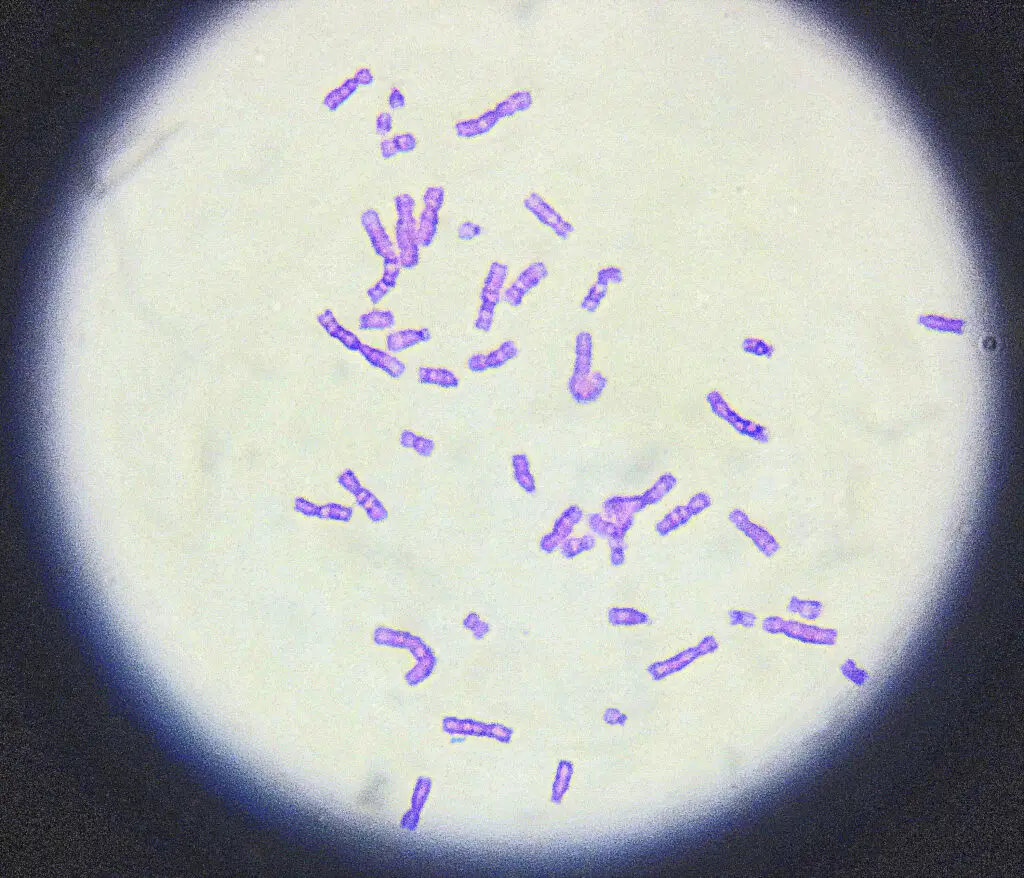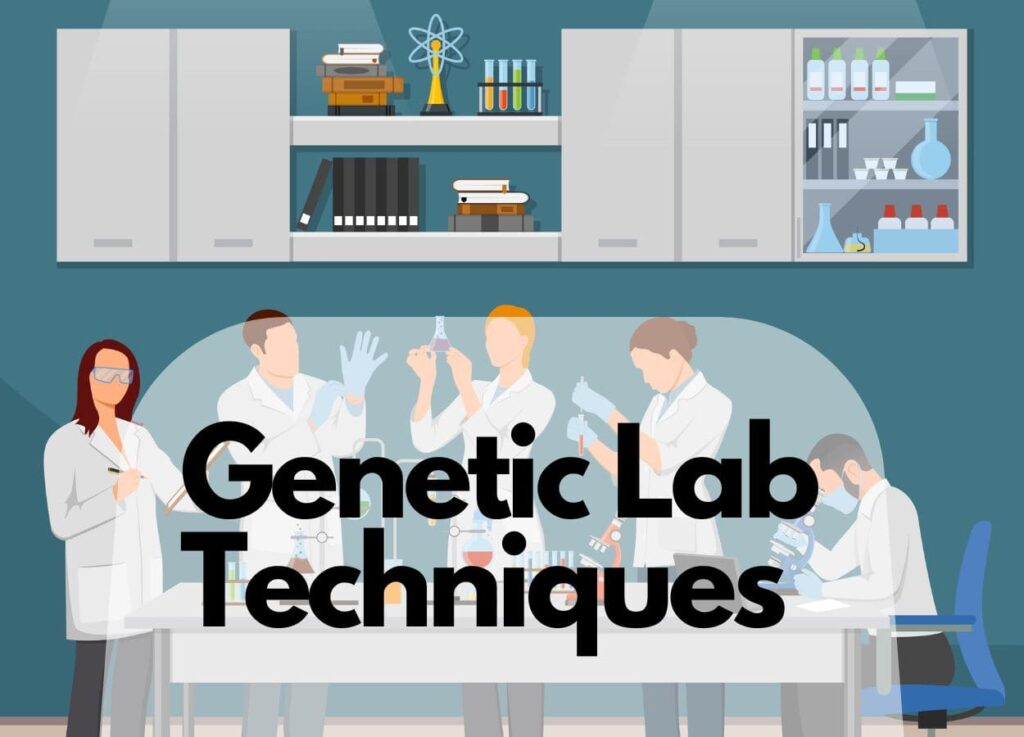“To work in a specialized genetic lab, every research student should know some common and basic lab techniques for genetic testing. Don’t know what those are? Let’s find out.”
Not only genetics but also every life sciences research student dreams to work on Sanger or next-generation sequencing and microarray. Such techniques are costlier and need high-end expertise to perform.
To understand it and before opting for those, one has to have knowledge regarding some basic lab techniques that are used in every genetic lab. In this article, I will explain 10 important and common lab techniques to work in a genetic lab.
Key Topics:
Common Lab Techniques to Work in a Genetic Lab
Nucleic acid extraction
The utmost requirement to work in any genetic lab is to know nucleic acid extraction. Every genetic experiment (except chromosomal analysis), begins with either DNA or RNA extraction. These two are forms of nucleic acid, abundant in nature.
From DNA testing to disease diagnosis pure and high-quality DNA or RNA is required. So to pursue your career in molecular or genetic research, you or every research student must learn to isolate nucleic acid.
In addition, They also have to gain theoretical knowledge on how it occurs which ultimately helps to improve overall performance. To learn more, you can go through these two categories on our blog.

Electrophoresis
Yet again, another important technique every geneticist should learn is electrophoresis. Put simply, it’s a simple process of biomolecule separation based on their electrical charge. We, in a genetic lab, use both PAGE and agarose gel electrophoresis.
PAGE is polyacrylamide gel electrophoresis which uses polyacrylamide gel while agarose gel electrophoresis uses agarose. Note that we use agarose gel electrophoresis abundantly. You can understand it by this sentence– every genetic experiment starts with the extraction and ends with electrophoresis.
Requirements for gel electrophoresis are agarose gel, TAE/ TBE buffer, EtBr and Bromophenol blue. It separated DNA based on its charge and size. To know and learn more, read this article.
Agarose Gel Electrophoresis: Definition, Principle, Process, Protocol and Applications.
Restriction digestion
Not so common but the third important technique in this list is restriction digestion. Using a restriction enzyme the DNA sequence is digested. Although, it’s a sensitive technique but not so hard.
Plenty of ready-to-use restriction digestion enzymes are now available and used to separate different alleles. Scientists use it to detect and identify various alleles present in the sample. Moreover, it’s also utilized to discriminate homozygous and heterozygous alleles.

What is Restriction Digestion and how to do it?
Ligation
Ligation is a technique to join two DNA segments. Notedly, ligation is a predominant part of the recombinant and genetic engineering lab, but every genetic student should have to know it. Again, many ligation enzymes are now available.
Put simply, under stringent conditions, a ligase enzyme seals two DNA sequences. To validate the seal, electrophoresis can be performed. If you do not have knowledge about it, do learn it, and take training to sharpen your knowledge.
This technique must be in your skill-set baggage.
Hybridization
In modern genetics, scientists usually consider hybridization an out-of-date technique, but I know how important it is. Techniques like FISH- Fluorescence In situ Hybridization, or microarray are based on the principle of hybridization.
Hybridization is simply defined as hybridization/joining between two sequences, however, as it’s not amplification, it can’t expand the target sequence. Using a known sequence probe, the target sequence is hybridized and identified.
This technique is also utilized to study gene expression. So, a big yes, you should know this technique to acquire higher expertise in techniques like RT-PCR, transcriptomics and microarray.
Related article: What is DNA hybridization and How does it occur?
Amplification
If you don’t know how to amplify a sequence– trust me, you have no future in genetics. You must have to know PCR- polymerase chain reaction to amplify a target sequence.
PCR-based and sequencing-based amplification techniques are used to identify a sequence, study disease, identify pathogens and study any DNA sequence. The most popular Real-time and reverse-transcriptase PCR are based on amplification.
Centrifugation
To learn DNA, we need DNA, to get DNA, we need to do DNA isolation and to achieve excellent isolation we need to learn centrifugation. Among the two common factors, your DNA yield and quality highly depend on your skills to use centrifugation.
Simply, centrifugation is a process to spin a sample or any biological material at a very high speed. It ultimately separates the liquid and solid parts of the sample as upper and lower phases, respectively.
So you should have a decent hand on every type of centrifugation machine.
Spectroscopy
At first, you might think that spectroscopy– doesn’t belong here. But wait, that’s not so. You have to have knowledge of spectroscopy, although you don’t have to perform a classic spectroscopy experiment.
Let’s understand why we need to learn it.
The yield and quality of DNA are critical for downstream processing. Using a 260/280 spectroscopic ratio one can quantify the DNA. Pure DNA has a 260/280 spectroscopic ratio of 1.8. Don’t worry you do not need to deal with it. A single microliter of DNA and an instrument can do the job.
Nanodrop UV-visible spectroscopy quantifies and measures the quality of DNA or RNA.
Microscopy
Microscopy is a basic biological lab technique that everyone should know. Particularly, in a genetic lab, though it’s less relevant but still required oftentimes. For example, cytogenetics— a typical process of chromosomal analysis and FISH, requires microscopy.
One working and willing to work on such a technique should know it, at least at a basic level. 10, 15X and oil immersion power should be known. In addition, students also have the knowledge to handle fluorescence microscopy and how to get great microscope fields.
Slide preparation
With microscopy– the common lab procedure, slide preparation must be known to students working in a genetic lab too. As I mentioned, while working on chromosomes and cytogenetics, students need to do microscopy and prepare slides.
And as we know, slide preparation is a key factor to achieve excellent results. You can learn more about these less important techniques while working as an intern in a genetic lab. Here is an image of microscopic field of chromosomes.

Wrapping up:
So I think that’s enough for this topic. Make a list of this technique, if you really want to pursue your career in genetics, and try to learn from any sources you can manage. Fortunately, our blog is the best place to learn such techniques and methodologies, theoretically and practically.
I have given links to the relevant source whenever needed, but to sharpen it, you have to go to a real genetic lab and work on it. I strongly recommend gaining exposure by either hands-on training or working as an intern in some decent genetic lab.
I also advise knowing basic cytogenetic techniques, which are now less applicable but important for chromosomal analysis and cancer genetics.


